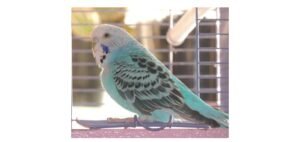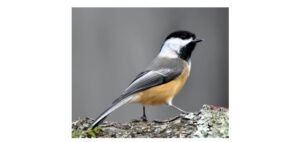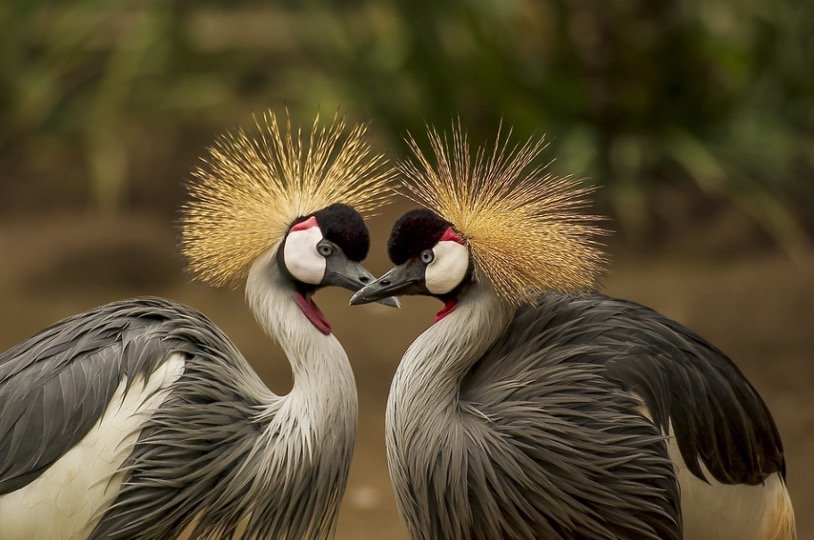
A crane is a bird that feeds on fish, grains, and insects. The largest body size and the longest beak are the most distinguishing characteristics. Cranes are preyed upon by foxes, eagles, and wildcats.
Physical features include grey, brown, red, blue, black, and white skin colour, and feathers on skin, with a potential flying speed of 25 mph.
The crane (Gruidae) is an omnivorous creature belonging to the Animalia family, phylum Chordata, class Aves, order Gruiformes, and family Gruidae. Its length is up to 40 to 55 inches, it weighs up to 8.2 to 22 pounds, and it has a wingspan of 71 to 95 inches, with a lifetime of up to 15 to 30 years.
Crane Description
Cranes are a group of tall birds that have long legs. There are 15 distinct species of these birds around the globe, with brown, white, or grey feathers being the most common. These birds may be found on every continent except South America and Antarctica, nesting in the north and migrating south to milder regions during the winter.
The whooping crane is America’s biggest bird, measuring five feet tall and flapping its wings up to seven feet wide. They’re noted for being gregarious birds that perform elaborate dances to seek lifelong partners.
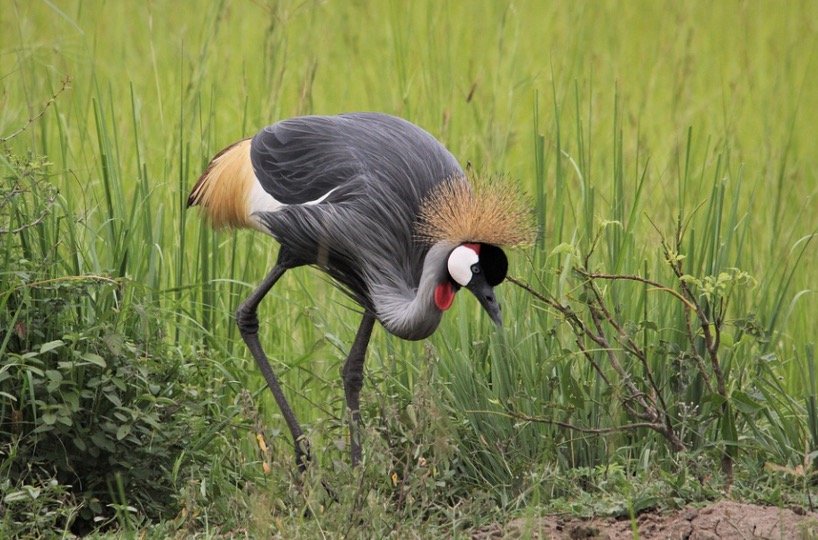
Except for Antarctica and South America, these birds can be found on every continent except Antarctica.For these birds residing in one place, Africa and East Asia have the highest variation. During peak season, Africa has eight species, whereas East Asia has six.
Within the crane family, there are 15 distinct species, each with their own preferred environment. For the most part, they require wetlands as well as vast, open spaces to survive.
The majority of them likewise nest in the shallows of wetlands; some do so but transport their babies to grassy plains for daytime eating. The two species of African crowned cranes are the only ones that do not roost in wetlands.
They prefer to roost in trees. Not all of these birds migrate when the seasons change. Some people are sedentary, which means they spend their whole year in one location. Many of those who migrate to warmer climates during the winter travel thousands of kilometres to reach their nesting grounds.
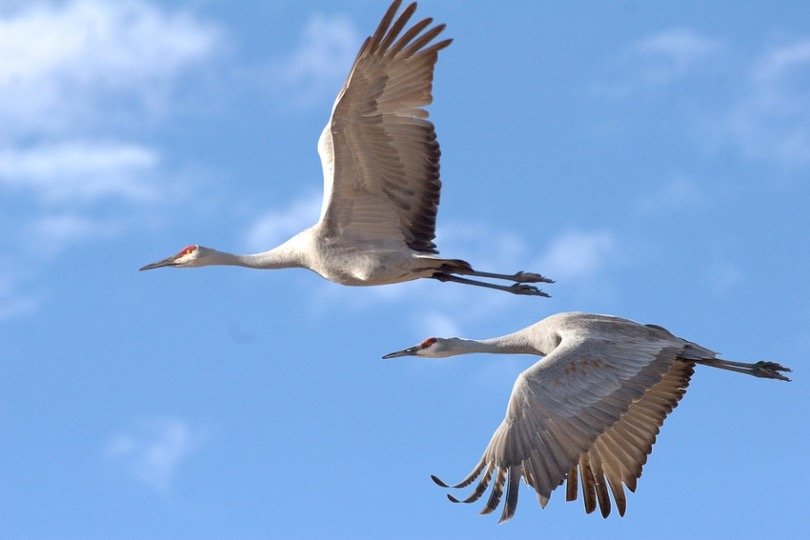
Fun Facts About Crane!
• Cranes are found in 15 different species across the world.
• The birds fly with their necks and legs spread out in front of them.
• These birds are omnivores, meaning they eat everything.
• These very gregarious birds mate for life and dwell in flocks.
• Their trip will take them up to 26,000 feet above the ground.
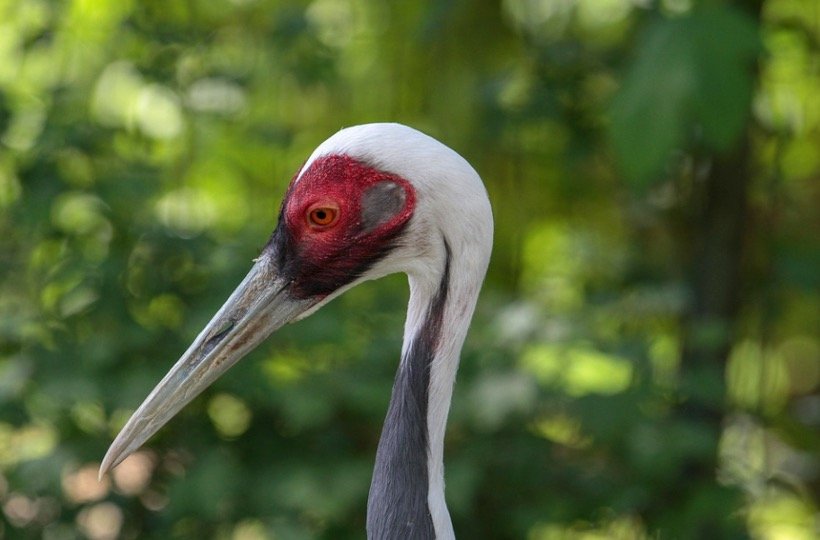
Various Crane Species
These birds are found on five continents in fifteen different species. The class Aves, order Gruiformes, superfamily Gruoidea, and family Gruidae are all home to these amazing birds. Crane is a Germanic name derived from the words Kran (German) and Kraan (Dutch).
In the same period in history, the world developed the crane via Middle English in the 16th century. “Cry hoarsely,” as the name implies. For example, “he craned his neck” refers to someone extending their neck or limbs like a bird.The following are some of the subspecies of these bords, as well as their warm-season habitats:
• Northern Eurasia, Turkey, and the Caucasus are home to the Eurasian (Common) Crane.
• Sandhill Cranes of North America, Cuban Sandhill Cranes, and Eastern Siberian Sandhill Cranes
• Northwest Africa, Ukraine, and southern Russia, as well as central and eastern Asia, are home to the Demoiselle Crane.
• South African and Namibian blue cranes.
• Ethiopian Wattled Crane, South African Wattled Crane, and Southern African Wattled Crane.
• The Siberian Crane is a species of crane found in western and northern Siberia.
• Northeastern China and southeastern Russia have hooded cranes.
• Canada’s whooping crane, Wisconsin’s whooping crane, and Florida’s whooping crane
• The Black Crowned Crane can be found in both western and eastern Africa.
• Grey Crowned Crane of Southern and Eastern Africa.
• Sarus Cranes in Pakistan, northern India, Nepal, Indochina, Myanmar, and northern Australia have Sarus Cranes.
• The Brolga, or Australian Crane, is a species of crane found in Australia and northern New Guinea.
• Mongolian White Naped Crane, northeastern China, far eastern Russia.
• Northeast China, southeast Russia, and Japan are home to the Red-crowned Japanese Crane.
• The Black-necked crane is found in northern India, western China, and central China.
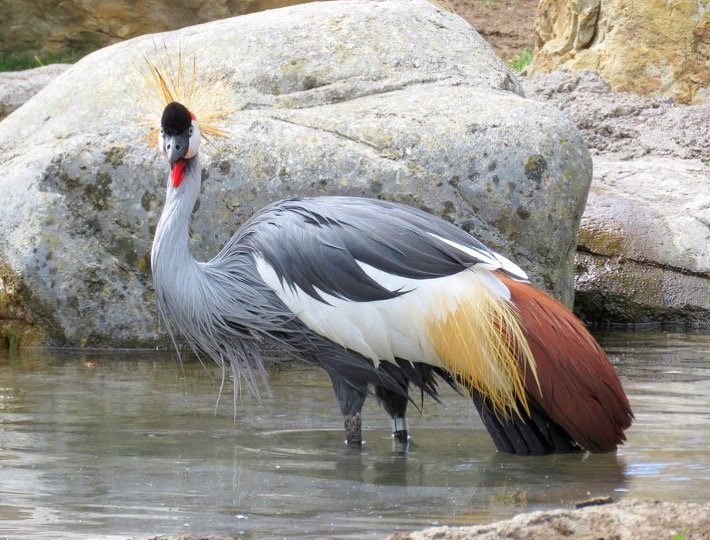
Crane Appearance and Behavior
These birds are the world’s tallest flying birds, measuring between 35 and 69 inches in length. The Demoiselle is the tiniest of the cranes, while the Sarus Crane is the largest. The Red-crowned Japanese Crane, however, is the biggest, weighing up to 26 pounds before migrating south for the winter or north for the summer.
The birds have long legs, long necks, massive wings, and streamlined bodies.Their wingspan varies, and their wings have a rounded look. Males and females have similar appearances, although males are somewhat bigger.
Their feathers and markings differ depending on their environment. The colour of open wetland birds is often whiter than that of forest or tiny wetland birds. Birds that live in the forest or tiny wetland areas have more grey feathers.
On the other hand, white birds tend to expand in size. Due to their darker color, smaller woodland birds can blend in better with their surroundings when nesting. Sandhill and common cranes, among these woodland residents, mud their feathers to better conceal them from predators.
Except for the blue and demoiselle cranes, all of these birds have bare skin on their faces. They communicate with other birds by stretching and releasing their muscles on this skin.
The hue of their faces changes as a result of this exercise. Cranes like the Blue, Wattled, and Demoiselle may move their feathers on their heads to communicate with their group.
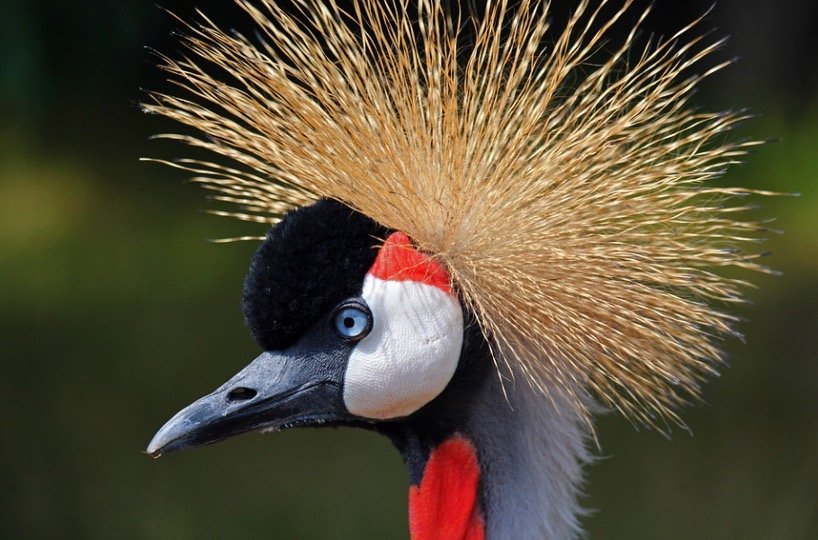
These birds also have unique throat characteristics that aid communication. Some people have a windpipe that just softly rubs on a bone in their chest. Others have a windpipe that is longer and pushes on the bone in their chest.
Other crane species have fused windpipes and chest bones, which enhance the strength of their sounds. The calls in this last category can travel up to several miles.
The cries of these birds include a wide range of sounds. From the moment they hatch, they begin to learn these specific calls that function similarly to human language. Their earliest calls beg for food from their parents and indicate whether or not they are satisfied or want parental attention.
They quickly learn that alarm calls and calls indicate that they are preparing to take flight. They can identify each other’s calls and even form duets. During the reproductive cycle, these birds become extremely territorial and spend all of their time in their own area.
Many species of these birds create big flocks during the non-breeding season, mingle, engage with one another, and feed together. Plant-eating birds feed in flocks, while meat-eating birds graze in family groupings and rejoin the flock for rest or transit.
These birds need to stay together in flocks to be safe when resting, to defend their young, and to interact.
What Do Crane Eat?
These birds are omnivores, meaning they eat everything. They have the ability to consume both animals and vegetables. Seeds, nuts, acorns, leaves, berries, and fruit are among the preferred diets on land. Insects, birds, tiny reptiles, small animals, snails, and worms are also eaten by them.
They eat roots, tubers, rhizomes, snails, frogs, and tiny fish while dwelling in wetlands. Their diet is very adjustable based on their location, the time of year, and access to food.
Birds with shorter beaks, on the other hand, prefer dry upland diets, while those with longer bills prefer marsh feed. In marshes, birds forage for tubers and rhizomes. This necessitates them staying in one spot for an extended period of time while digging and expanding a hole in pursuit of these meals.
They also drop their heads and walk gently forward, searching for insects and tiny animals with their bills. Two species living near each other create their separate habitats to minimise competition.
This discourages overeating on available items and ensures that everyone has enough to eat. Siberian cranes, for example, eat on shallow water and mudflats in China, whereas White-naped cranes forage on the marshes’ borders.
Hooded cranes eat in meadows and agricultural fields in the same region, sharing the fields with common Eurasian cranes.
You may also like to read
Goose: Description, Habitat, & Fun Facts
Crane Predators and Threats
Because mature birds are so huge, they face few predators in their native environments. However, other huge birds of prey, such as owls and eagles, do exist as predators. Foxes and wildcats are also among them. These ground-based predators are particularly dangerous to chicks.
People are encroaching on their habitat and endangering these birds as a result of urbanisation. Cranes are driven away from their breeding, roosting, nesting, and feeding areas, reducing population numbers.
Crane Reproduction, Babies, and Lifespan
These birds have a monogamous relationship. This indicates that they have found a life partner. This partner is usually found in their second or third year of existence. However, it takes several years for them to effectively reproduce.
Young birds conduct a mating dance to attract a partner. Flapping their wings, bowing, jumping, and throwing little sticks or plants are all things they do. They frequently fail in their first efforts at breeding.
This phase of failure might sometimes result in the birds’ “divorce” in order to locate other mates. A male and female will remain in their lifetime relationship as long as they can successfully procreate.
Sandhill cranes were investigated by scientists in Florida. Seven of the 22 couples stayed together for 11 years. Just over half of the 15 partnerships that did not last were ended due to the death of one of the birds.
About 18% of the birds divorced, and investigators were unable to locate 29% of the pairings. These birds breed according to their species’ specific breeding season. The season is determined by the climate and conditions in the area.
From late spring to early summer, migratory birds reproduce as soon as they arrive at their summer home. They like to reproduce in the rainy or monsoon seasons in the tropics. It takes roughly a month for the eggs to hatch once they are laid.
The chicks are fed by their parents until they are able to fly away from the nest. This usually happens after two months. At the age of three to five years, young birds are capable of reproducing. Wild birds live for 20 to 30 years on average. A Siberian crane might live for 83 years in captivity.
Crane Population
The population of these birds changes greatly due to the large number of different species. Individual species’ conservation status also varies. As per the International Union for Conservation of Nature, several of the 15 kinds of cranes found across the world now has a conservation status of:
• The Eurasian (Common) Crane is a non-threatened species with a population of 590,000 to 660,000 birds.
• The Sandhill Crane is a non-threatened species with a population of 670,000 to 830,000 birds.
• The Demoiselle Crane is a non-threatened species with a population of 200,000 to 240,000 birds.
• The Blue Crane is an endangered species with a population of 25,000 to 30,000 birds.
• The Wattled Crane is an endangered species with a population of 6,500 to 8,100 birds.
• The Siberian Crane is highly endangered and has a population of 3,500 to 3,800 birds.
• The Hooded Crane is an endangered species with a population of 11,550 to 11,650 birds.
• The Whooping Crane is an endangered species with a population of 300 to 310 birds.
• The Black-crowned crane is an endangered species with a population of 33,000 to 70,000 birds.
• The Grey-crowned crane is an endangered species with a population of 32,000 to 49,000 birds.
• The Sarus Crane is an endangered species with a population of 24,300 to 26,800 birds.
• Brolga, the Australian Crane, is a non-threatened species with a population of 35,000 to 100,000 birds.
• The White-naped crane is an endangered species with a population of 5,500 to 6,500 birds.
• The Red-crowned Japanese Crane is an endangered species with a population of 2,510 to 2,600 birds.
• The Black Necked Crane is an endangered species with a population of 10,000 to 11,000 birds.


